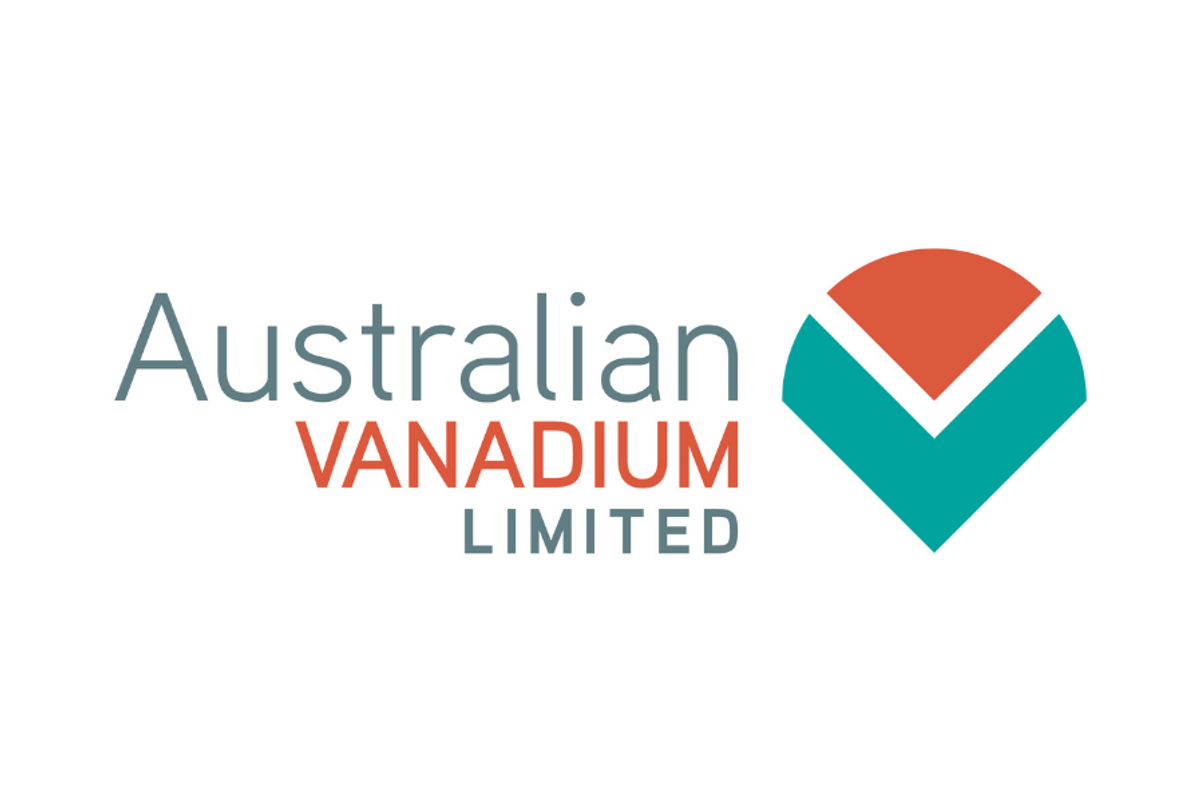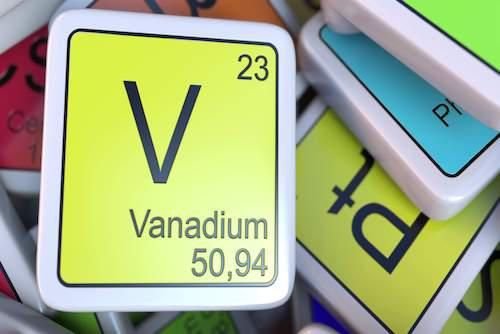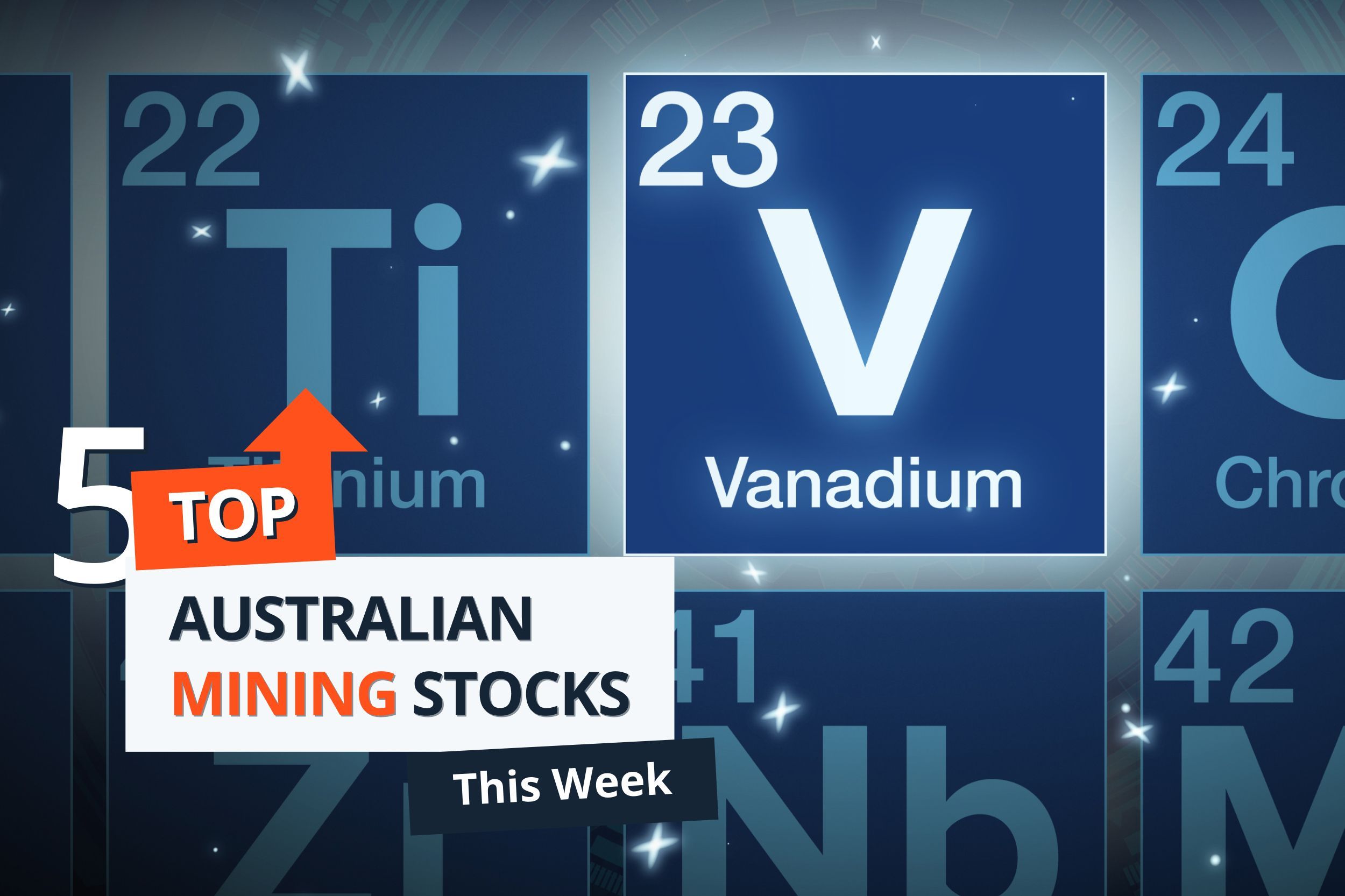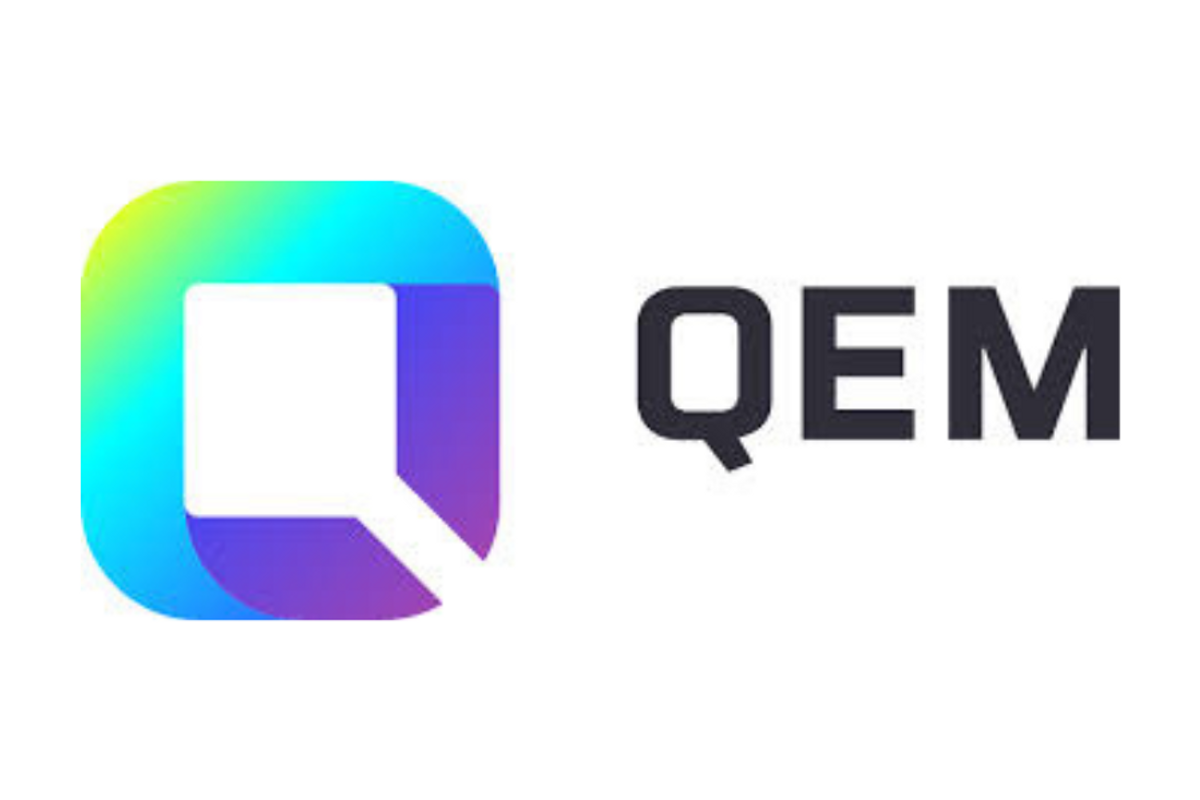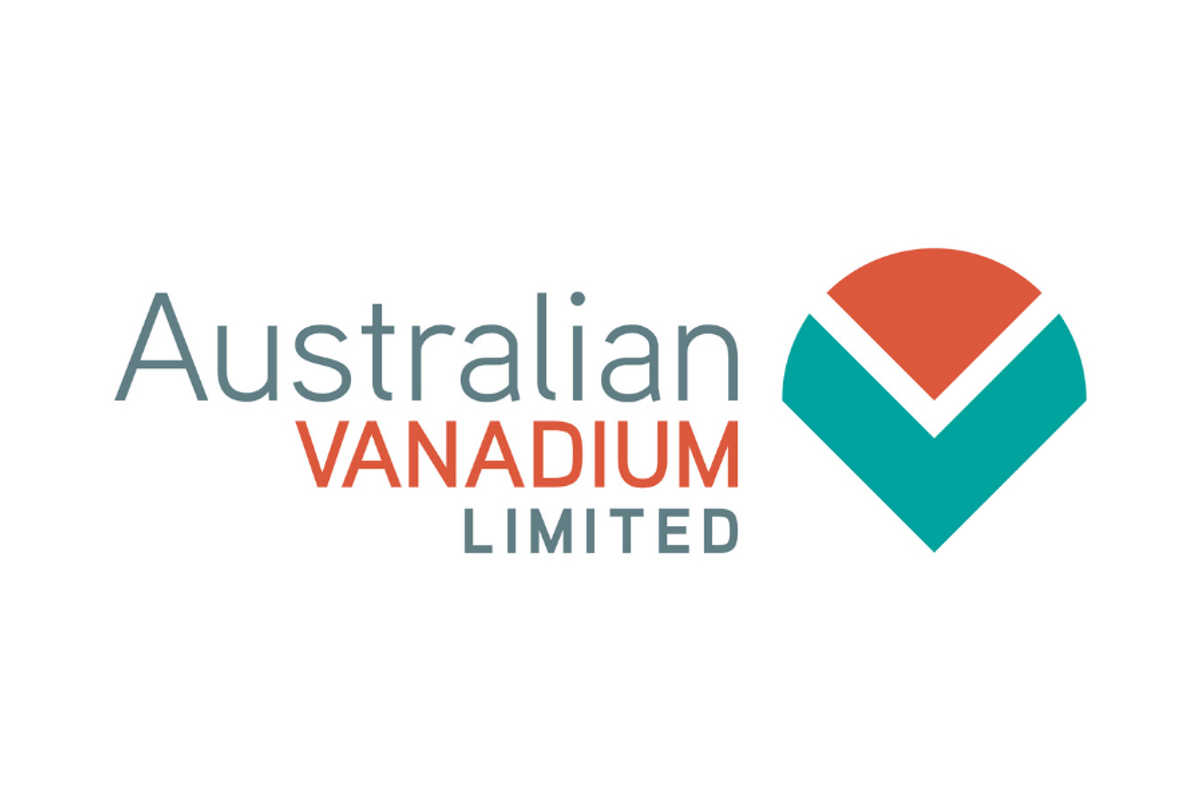
May 16, 2023
Highly experienced financial professional to drive financial outcomes
Australian Vanadium Limited (ASX: AVL, “the Company” or “AVL”) is pleased to announce that it has appointed Mr Tom Plant as Chief Financial Officer (CFO) of the Company with effect from 6th June 2023.
KEY POINTS
- Experienced finance professional Tom Plant appointed as Chief Financial Officer.
- Mr Plant has almost 30 years of experience as a Chartered Accountant and finance professional within mining and financial sectors.
- Key strategic appointment as AVL progresses the Australian Vanadium Project.
CEO, Graham Arvidson comments, “We are delighted that Tom has chosen to join AVL. His experience in project finance and investment evaluation will be of great assistance as we progress the Project. His stewardship of the financial discipline of the Company will ensure that a robust team of people, processes and systems are in place for delivery of successful operations, spanning our mining operations, vanadium electrolyte facility and downstream battery opportunities. We are looking forward to having Tom on the AVL team and the substantial contribution that a CFO of his calibre will bring to the Company.”
Incoming CFO, Tom Plant comments, “I am excited to be joining AVL at a pivotal time for both the Company and the vanadium industry more broadly. The energy transition is accelerating and sufficient large-scale battery storage is a critical supporting element in this process. The Company’s world-class Australian Vanadium Project is uniquely positioned to capitalise on the expected significant role vanadium redox flow batteries will play in delivering the required battery storage capacity.”
Mr Plant is a seasoned finance executive, with almost 30 years of experience in various corporate and commercial roles. He has a strong background in debt and equity funding solutions, investment evaluation and corporate transactions. Mr Plant’s experience in these areas will complement the existing capabilities in the AVL team as it progresses the Australian Vanadium Project.
Mr Plant most recently served as interim CFO at Leo Lithium Limited (ASX: LLL), the developer of the Goulamina Lithium Project in Mali and prior to that, CFO of Firefinch Limited (ASX: FFX). Previous roles have included ten years at global mineral sands and rare earths producer Iluka Resources (ASX: ILU) and various positions in investment banking and professional services with Macquarie Group, Dresdner Kleinwort Wasserstein and Arthur Andersen.
Mr Plant is a Chartered Accountant (CAANZ) and holds an MBA from INSEAD, an MSc (Mineral Economics) from Curtin University, a Bachelor of Commerce from The University of Western Australia and a Graduate Diploma of Applied Corporate Governance and Risk Management from the Governance Institute of Australia.
Interim CFO, Ms Liesl Strachan, will continue to work within the Company on the development of the finance function. We thank her for her leadership in this role.
The Conversation (0)
29 April 2024
Australian Vanadium
An Australian vanadium leader
An Australian vanadium leader Keep Reading...
26 November
Western Australia Commits AU$150 Million for Vanadium Battery Project
Western Australia's Cook government said on Monday (November 24) that it has opened expressions of interest (EOI) for a vanadium battery energy storage system (VBESS) project.A key election promise under the Made in Western Australia plan, the initiative is designed to help position Western... Keep Reading...
17 September
How to Invest in Vanadium Stocks
Vanadium is an important metal for both the steel and battery manufacturing industries. Both of these sectors play key roles in economic growth and a new era in defense and energy security. Supply and demand fundamentals for the metal indicate a strong long-term outlook for the vanadium market.... Keep Reading...
25 July
Top 5 Australian Mining Stocks This Week: Vanadium Resources Soars on DSO Offtake Deal
Welcome to the Investing News Network's weekly round-up of Australia’s top-performing mining stocks on the ASX, starting with news in Australia's resource sector.This week, gold companies continued to shine in Australia, joined by battery and base metals explorers and developers. In corporate... Keep Reading...
02 July
QEM Appoints Robert Cooper as Director, following Leadership Transition
Critical minerals and energy company QEM Limited (ASX: QEM) is pleased to announce completion of the previously announced Leadership Transition (refer ASX Announcement 29 May 2025). Highlights: Seasoned global mining executive Robert Cooper has completed a comprehensive handover and is appointed... Keep Reading...
Latest News
Latest Press Releases
Related News
TOP STOCKS
American Battery4.030.24
Aion Therapeutic0.10-0.01
Cybin Corp2.140.00
